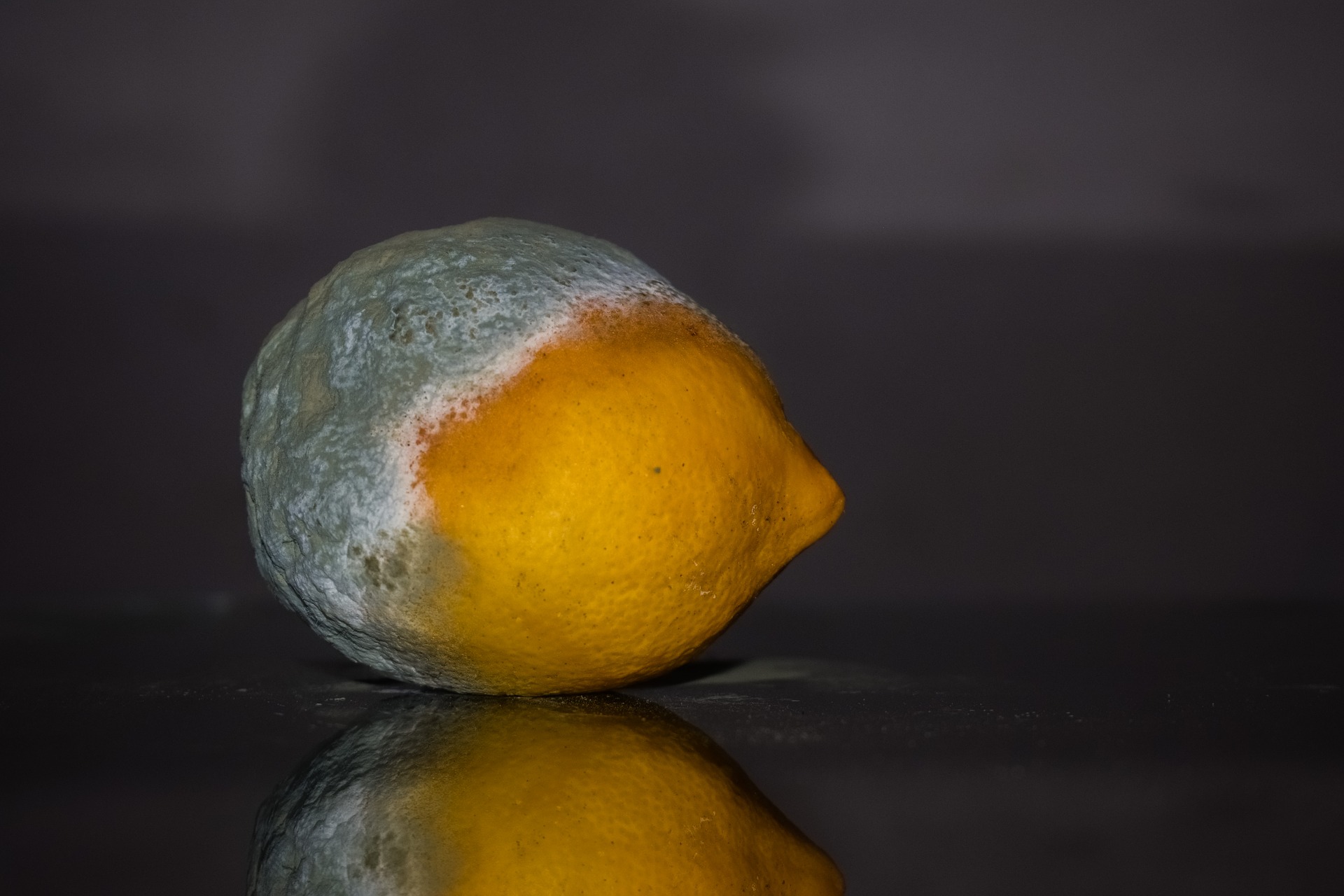Part of the mold remediation process is understanding the type of mold that you may be facing. Some molds can be quite dangerous, while others are considered to be harmless, aside from the damage that they cause. Not all mold restoration companies will do testing on the mold, but most of them can inspect the damage to determine just what they are facing.
If you’ve recently noticed mold in your home or maybe even on that mystery food in the fridge, it’s good to know what type of mold it is. This allows you to react accordingly.
Check out this quick overview of some common types of mold.
Aspergillus
If you’re dealing with allergies, it’s quite possible that you have this type of mold in your air conditioning units. It’s known as an allergy trigger. The most common locations to find it are on foods that have spoiled or in HVAC ductwork. While it’s common in these systems, it typically stems from water damage.
This mold is not considered toxic but it is allergenic. This means that while you might have several health side effects from breathing in the mold, you might also experience asthma or allergies from it. These things could potentially lead to other health risks, so be careful. Those are cases where it can become pathogenic and actually trigger infections and other problems.
Stachybotrys
This is black mold and you must proceed with caution if it makes an appearance. Handling, mold remediation, and even being in the same room must be treated with the highest safety precautions. This is a toxigenic mold, which means it is loaded with toxins. It can have dramatic health effects, particularly with infections or respiratory issues. If left untreated, it could potentially result in death as well.
Black mold is typically found in areas that have been left damp for some time. It could be from basic water damage, an area with high humidity and dampness, or even in ventilation systems. Never try to manage black mold on your own.
Cladosporium
This type of mold is another common problem in homes. It is an allergenic mold, so while it’s not toxic and rarely leads to infection, it can trigger allergies and asthma. The mold is typically olive-green or brown in color, but it hides very well. It’s more likely to be found in fabrics, carpets, and other similar locations.
This mold also likes to make its way into your bathroom, where there is often excess moisture. You might find it growing on the back of the toilet or anywhere with a painted surface or fiberglass. It can potentially be found in air ducts, but this is typically only in fiberglass air ducts.
Professional Mold Remediation
These are the three most commonly found molds in homes. However, there are several more types that can develop. Most mold is the result of water damage or excessive moisture, but that might not always be the case.
When you find mold, it’s important to work with professionals to get it taken care of. Dry 24 Water Restoration can help protect you and your home.


